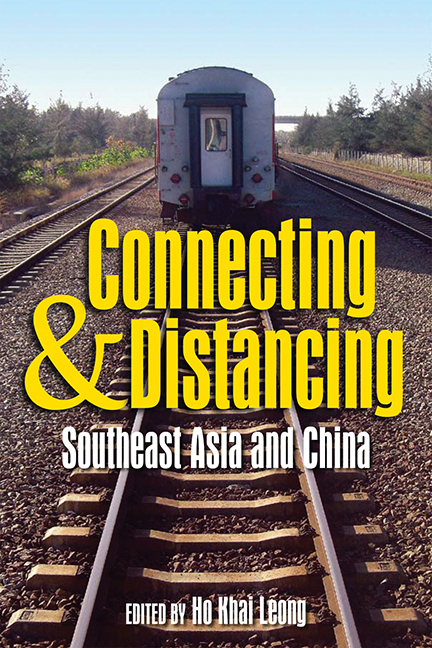Book contents
- Frontmatter
- Contents
- Contributors
- Introduction
- PART I History and Remembrance
- 1 China Meets Southeast Asia: A Long-Term Historical Review
- 2 Philippine-China Connection from Pre-Colonial Period to Post-Cold War Era: An Assessment
- 3 Defining Identity through Remembering the War: Representation of World War II in Chinese Newspapers in the Immediate Post-war Singapore
- 4 Re-positioning “Patriotism”: Various Aspects of Financial Support to China in Penang around 1911
- 5 Perceptions of China for the Overseas Chinese Tea Traders in Colonial Singapore, 1928–58
- 6 Myanmar's Relations with China from Tagaung through Hanthawati-Taungngu Periods
- PART II The Cultural and Chinese Identity
- PART III Economy, Politics and Regionalism
- Index
3 - Defining Identity through Remembering the War: Representation of World War II in Chinese Newspapers in the Immediate Post-war Singapore
from PART I - History and Remembrance
Published online by Cambridge University Press: 21 October 2015
- Frontmatter
- Contents
- Contributors
- Introduction
- PART I History and Remembrance
- 1 China Meets Southeast Asia: A Long-Term Historical Review
- 2 Philippine-China Connection from Pre-Colonial Period to Post-Cold War Era: An Assessment
- 3 Defining Identity through Remembering the War: Representation of World War II in Chinese Newspapers in the Immediate Post-war Singapore
- 4 Re-positioning “Patriotism”: Various Aspects of Financial Support to China in Penang around 1911
- 5 Perceptions of China for the Overseas Chinese Tea Traders in Colonial Singapore, 1928–58
- 6 Myanmar's Relations with China from Tagaung through Hanthawati-Taungngu Periods
- PART II The Cultural and Chinese Identity
- PART III Economy, Politics and Regionalism
- Index
Summary
Collective memory, as Maurice Halbwachs has argued, is not given but rather “socially constructed”. Based on this understanding, memory of the War as collectively recognized in a given society should be considered as purposefully constructed. In the process of constructing historical memory, commemoration — in which people “remember in common the deeds and accomplishments of long-departed members of the group” — is critical as it helps individuals to preserve memories and define as well as perpetuate a sense of collective identity. Madelon de Keizer further argues, “the core meaning of any individual or group identity … is sustained by remembering; and what is remembered is defined by the assumed identity”.
In previous studies, it has been found that in constructing an historical memory of the war, different countries have chosen different dates to commemorate and, furthermore, to define a collective identity. For example, scholars have found that in Japan “the dropping of the atomic bombs and the terrible casualties that Japan suffered in the War caused the Japanese to view themselves as victims of aggression”, and thereby 6 August, the day on which an atomic bomb was dropped on Hiroshima, subsequently becomes the national day to commemorate the War in general. Examples like this shows that the dates (chosen to be) commemorated are not innocent; rather, the dates represent and construct the particular political identity of the people who commemorate them.
In (the studies of) East Asia in general, memory and commemoration of the War has been an important scholarly topic in recent years. In Singapore, specifically, this topic has also attracted significant attention from disciplines ranging from History, Geography, to Museum Studies. It is found that in recent years, “an elaborate programme of commemoration” has been instituted to remember the War and to “etch the collective experience of war into public memory and to derive from this memory production a grand narrative of national beginning and destiny”. Historically, this “programme of commemoration” began as soon as the War ended in 1945.
- Type
- Chapter
- Information
- Connecting and DistancingSoutheast Asia and China, pp. 62 - 75Publisher: ISEAS–Yusof Ishak InstitutePrint publication year: 2009

